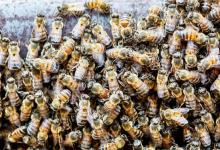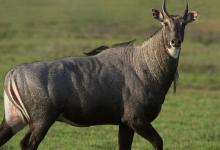15 Shrubs That Thrive in Zone 4 Shade Gardens
If you live in and need plants or shrubs for a shade garden, it seems that your palette is limited. Winters in Zone 4 are cold, with the average minimum between -30- and -20-degrees Fahrenheit. Plus, it seems that every bush or shrub in this garden catalog needs full sun to grow its best. But there are actually a good number of shrubs that not only flourish in Zone 4 but flourish in partial and even full shade. These shrubs and bushes tend to be very tough and succeed in all kinds of soils. Here are 15 of them.
1. Clethra
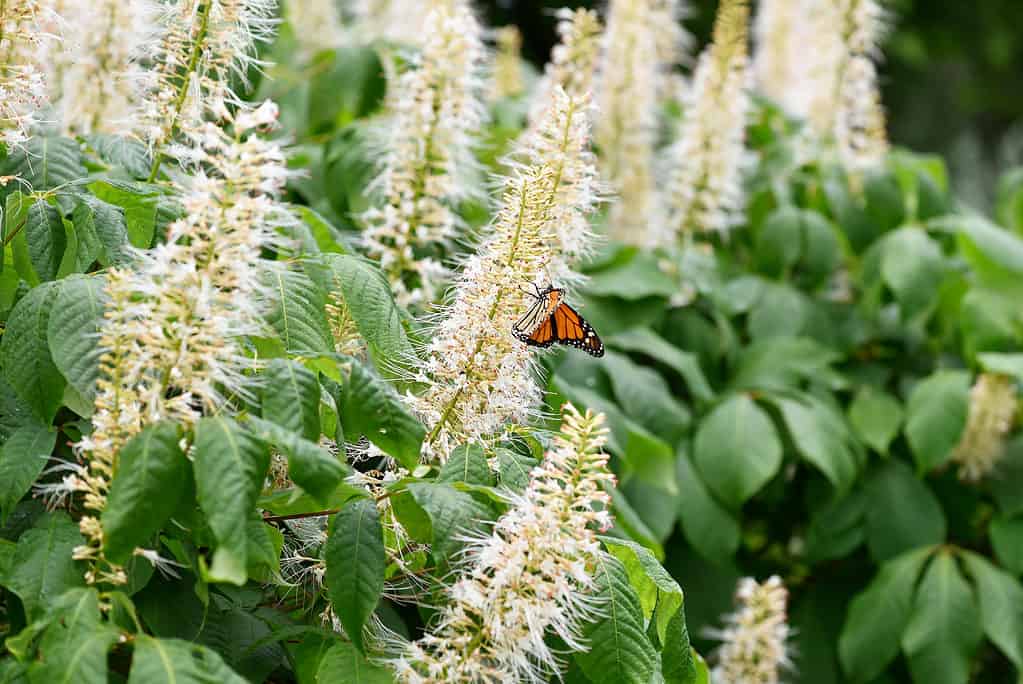
©Lana B/Shutterstock.com
Clethra, or summersweet, is a shrub that grows to about 8 feet tall and produces spikes of fragrant white flowers late in the summer. It’s not only good for shady spots in your garden but also for wet spots that don’t drain well. Indeed, this shrub, which flourishes from Zone 3 to Zone 9, is good for just about everywhere you’d like to place it. Clethra’s leaves turn a lovely yellow in the fall.
2. Redtwig Dogwood
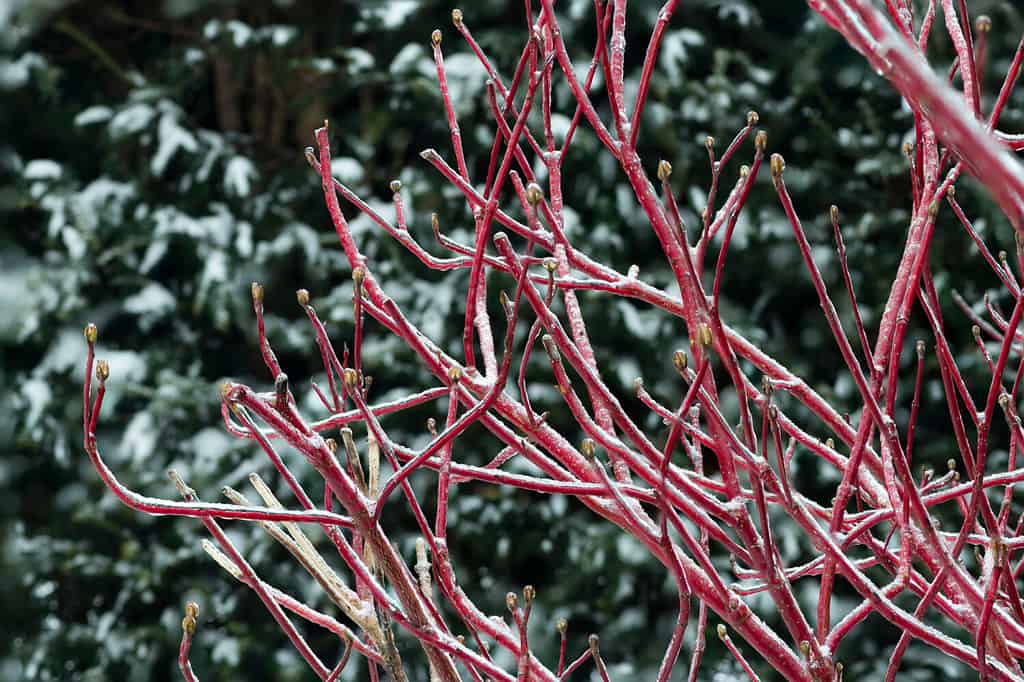
©Mark Heighes/Shutterstock.com
This shrub is good for both shade gardens and winter gardens, as its brilliant red stems are best seen when the leaves fall and contrast beautifully with snow. This shrub grows to around 10 feet tall, and like the summersweet, flourishes in soils that are waterlogged.
3. Burning Bush
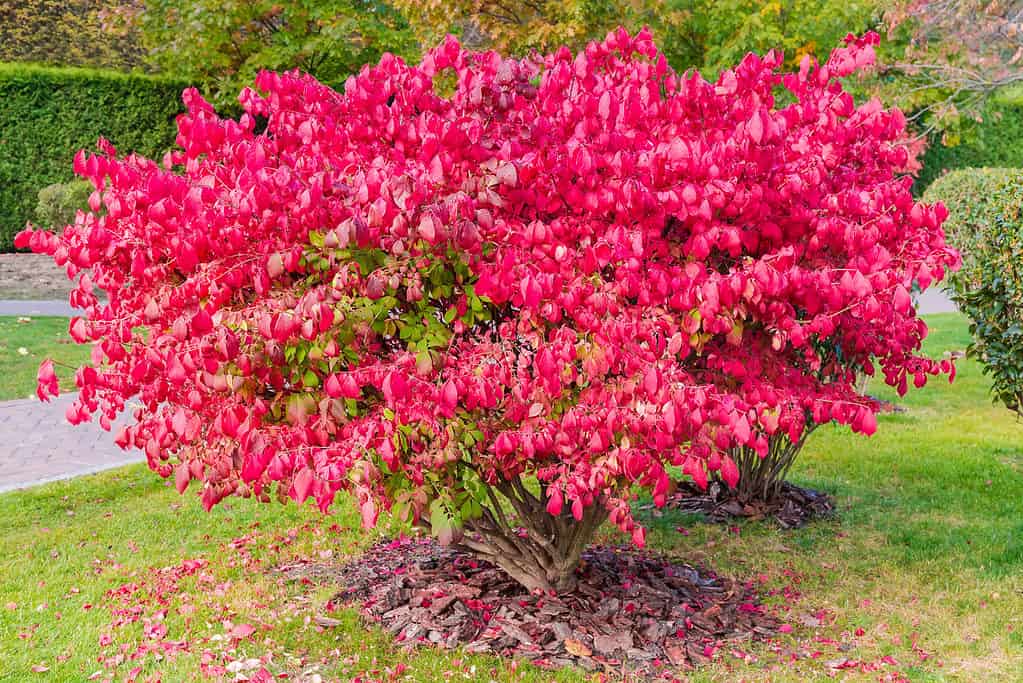
©anmbph/Shutterstock.com
Famous for its beautiful scarlet fall color, this bush is good for creating a hedge in shady spots and grows well in just about every condition save wet soils. Burning bush even does well in heavy shade. It has a graceful, vase-shaped habit and grows between 12 and 15 feet tall.
4. Smooth Hydrangea
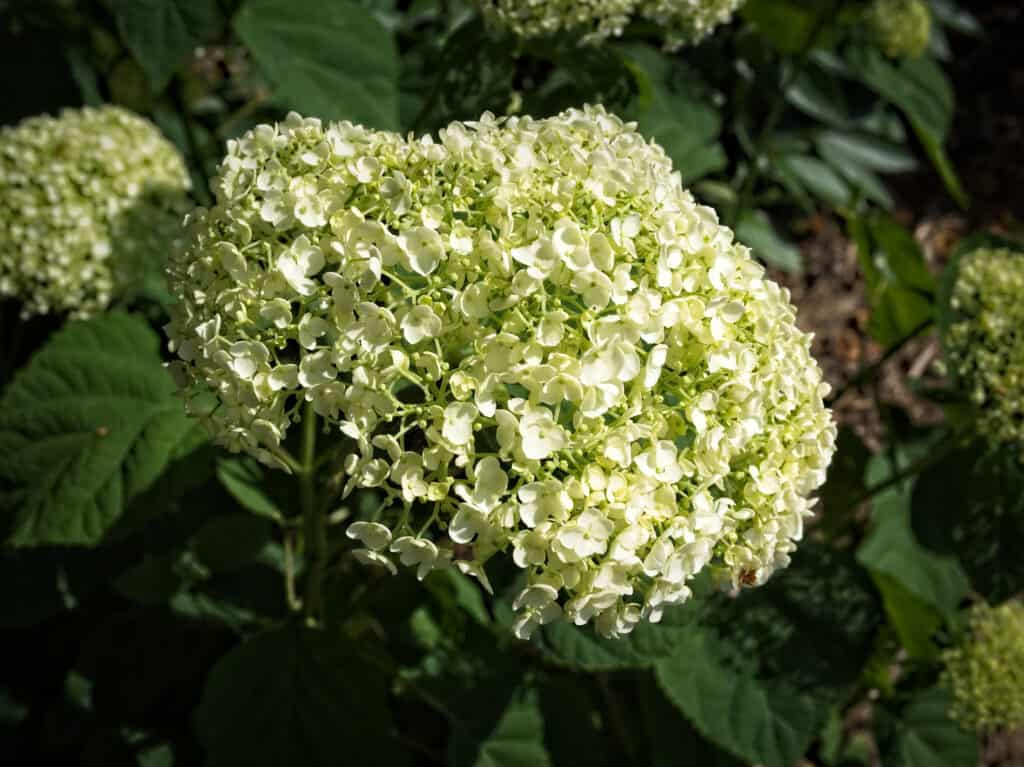
©F. D. Richards / Flickr –
Though there are types of hydrangeas that do need lots of sun, the smooth hydrangea isn’t one of them. These hydrangeas are famous for their huge, round clusters of flowers that arrive in midsummer and last till fall. It’s a fast-growing plant that does well in moist, well-draining, fertile soil and actually prefers partial shade. The smooth hydrangea grows to around 4 feet tall, and its 4- to 6-inch-wide clusters of flowers are used in dried floral arrangements.
5. Panicle Hydrangea
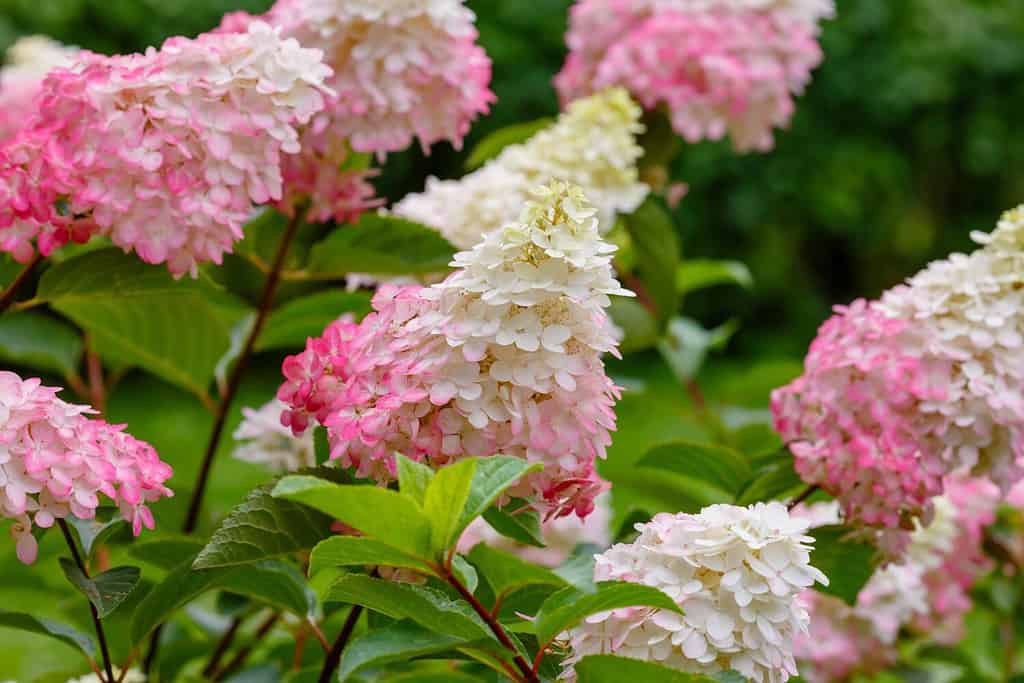
©Flower_Garden/Shutterstock.com
The panicle hydrangea is another shrub that loves the shade. The flower clusters of this fast-growing, spreading shrub are cone-shaped instead of round, and they can be heavy enough to cause the branch they’re on to gracefully arch. They come in midsummer and last till fall. At first, the flowers are pink, then they turn rust colored as the season goes on. This hydrangea can grow as tall as 22 feet.
6. Border Privet
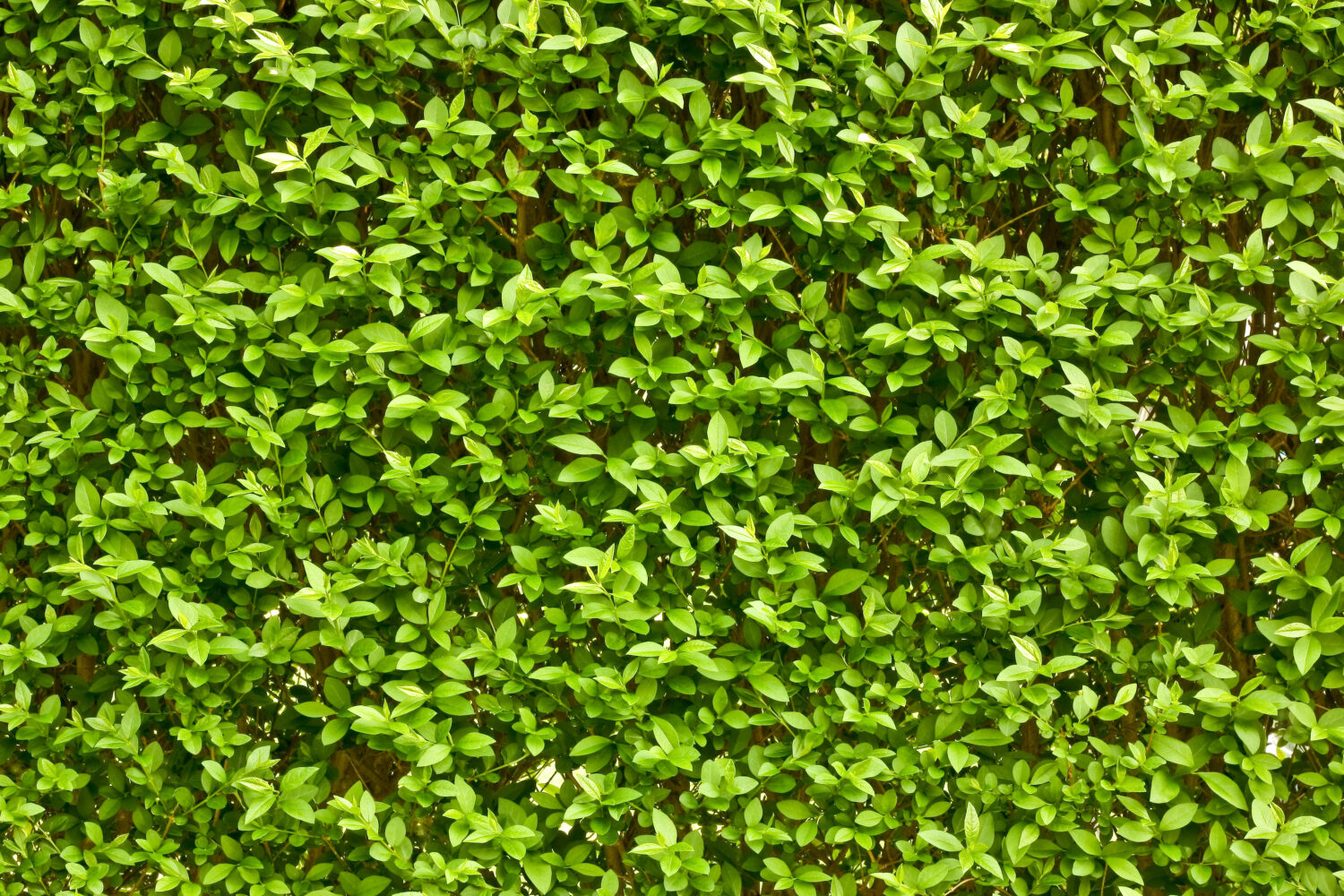
©Mario7/Shutterstock.com
The amount of sun a privet bush needs to thrive varies with the species, but the border privet, Ligustrum obtusifolium is just right for shade gardens. It has a horizontal habit, can grow to about 10 feet tall, and its abundant leaves turn yellow in the fall before they drop. Privets famously love to be pruned, and they can be pruned right after they flower or at any time of the year.
7. Northern Bayberry
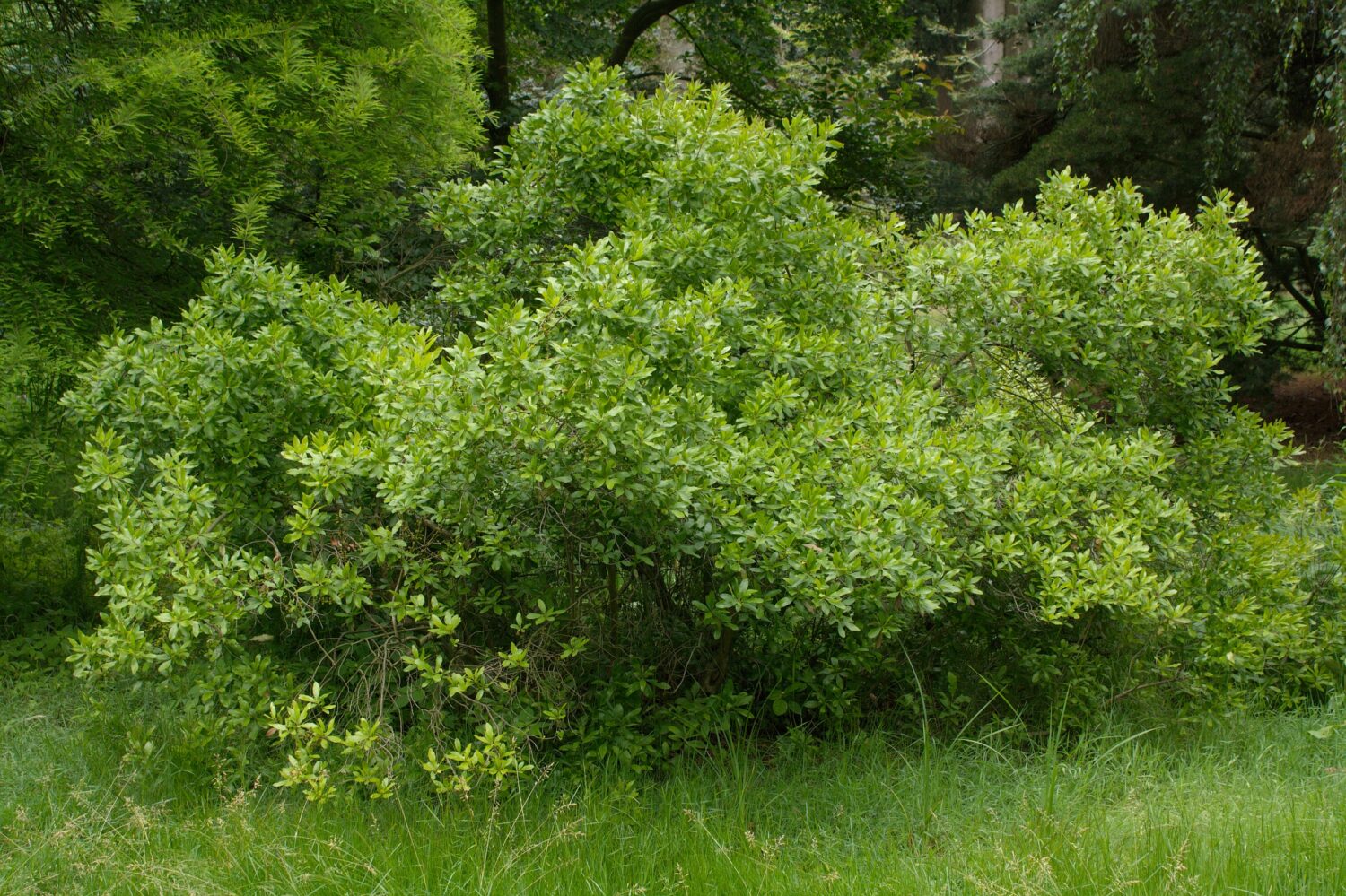
©forest pictures/Shutterstock.com
Native to the , the northern bayberry is prized for its sweet-smelling berries and elegant habit. Like members of the pea family, the northern bayberry can fix nitrogen. This allows it to grow in infertile soil as well as in shade. Not only this, but the shrub is also pest-free and can tolerate salty air and wind, so it’s often planted near the ocean. It grows to about 8 feet tall with an 8-foot spread.
8. Sweet Mock Orange
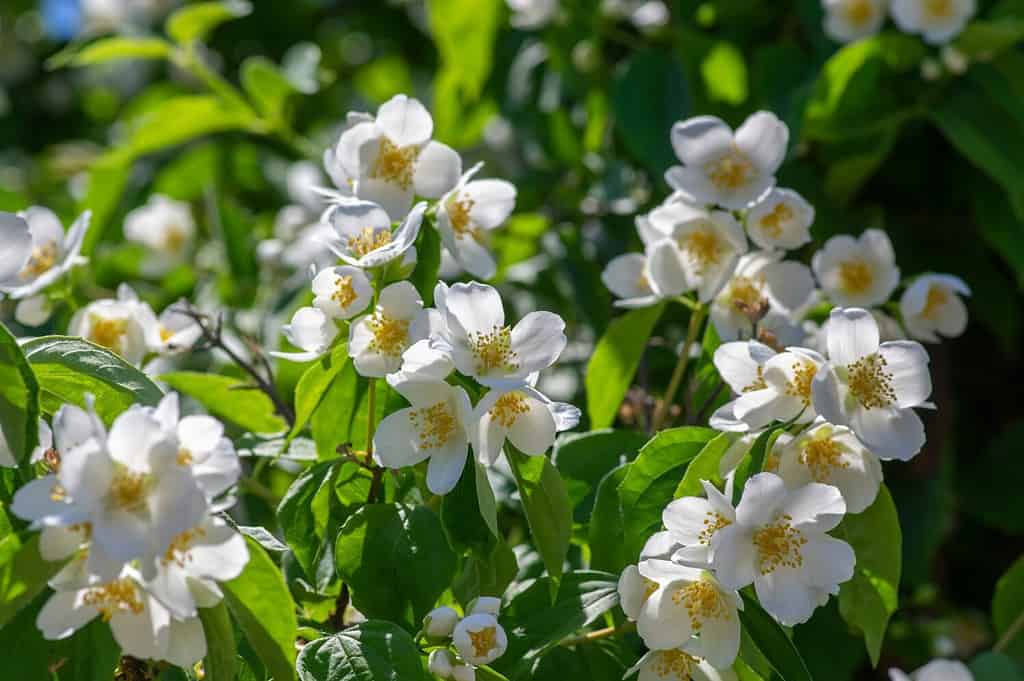
©Iva Vagnerova/Shutterstock.com
Grown for its fragrant white flowers, the mock orange is fast growing, easy to grow, and isn’t particular about soil, sun, or shade. The one tip is to plant the shrub where you can smell it, for its smell is delicious. It can get leggy, so prune it right after flowering, and don’t hesitate to cut it down to the ground. Eventually, it will grow into a shrub that’s 8 feet tall and 8 feet around.
9. Bush Cinquefoil
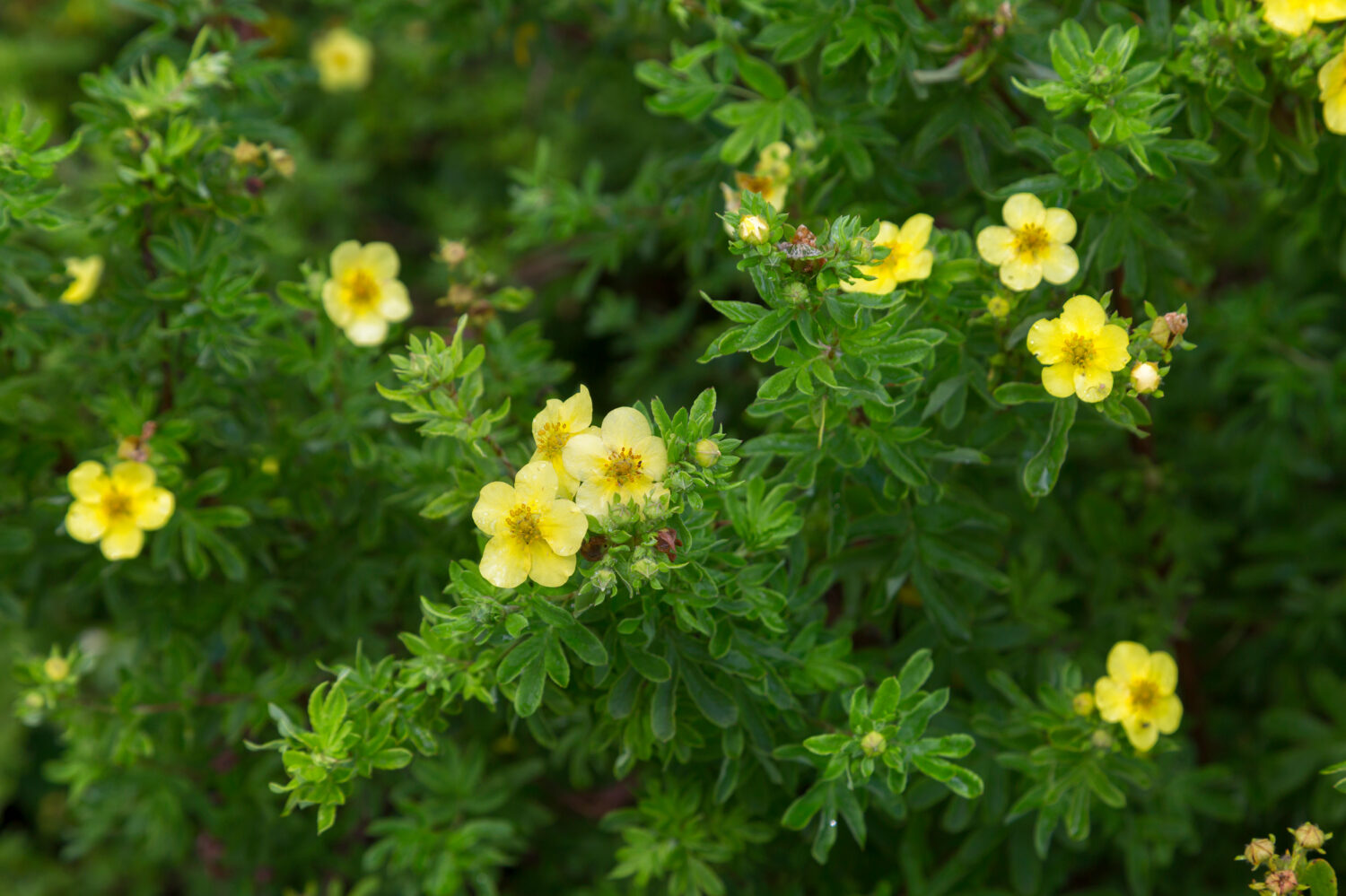
©Shchipkova Elena/Shutterstock.com
This little bush grows 3 feet tall and 3 feet around and has a tidy, compact habit. It also produces masses of red, white, or golden flowers in the summer. Gardeners recommend planting red flowered varieties in partial shade, for strong sunlight will actually fade their colors. Bush cinquefoil likes all types of soil as long as it drains well and can stand periods of great cold and drought.
10. Nanking Cherry
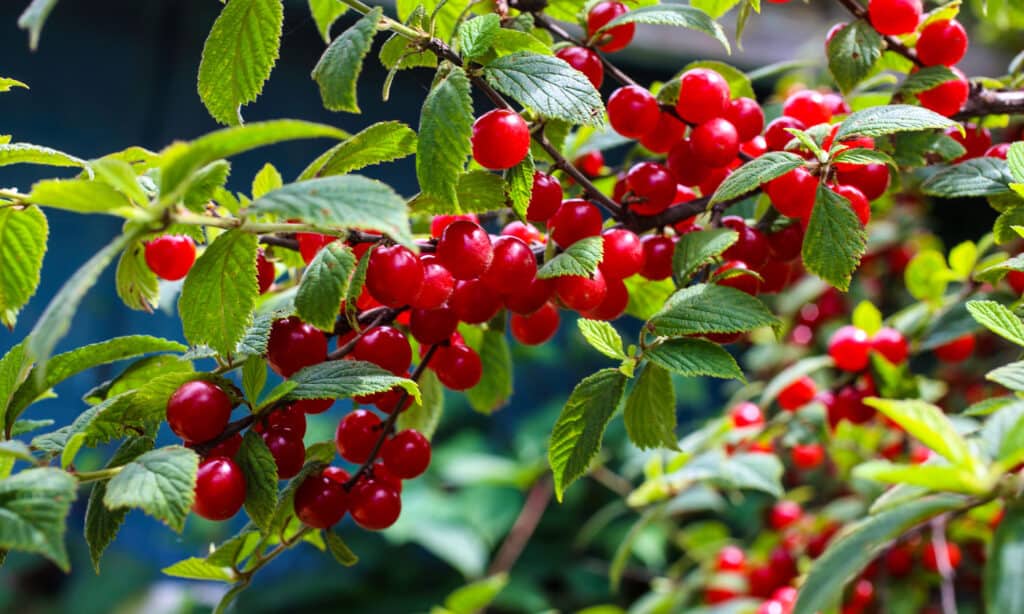
©Alex Coan/Shutterstock.com
This spreading shrub that grows to 9 feet tall with a 15-foot spread is known for its toughness as well as its pink and white spring flowers and the red fruit that follows them. It’s best planted in partial shade and isn’t fussy about soil. Hardy from zones 2 to 7, Nanking cherry tolerates hard winters beautifully.
11. Rhododendron
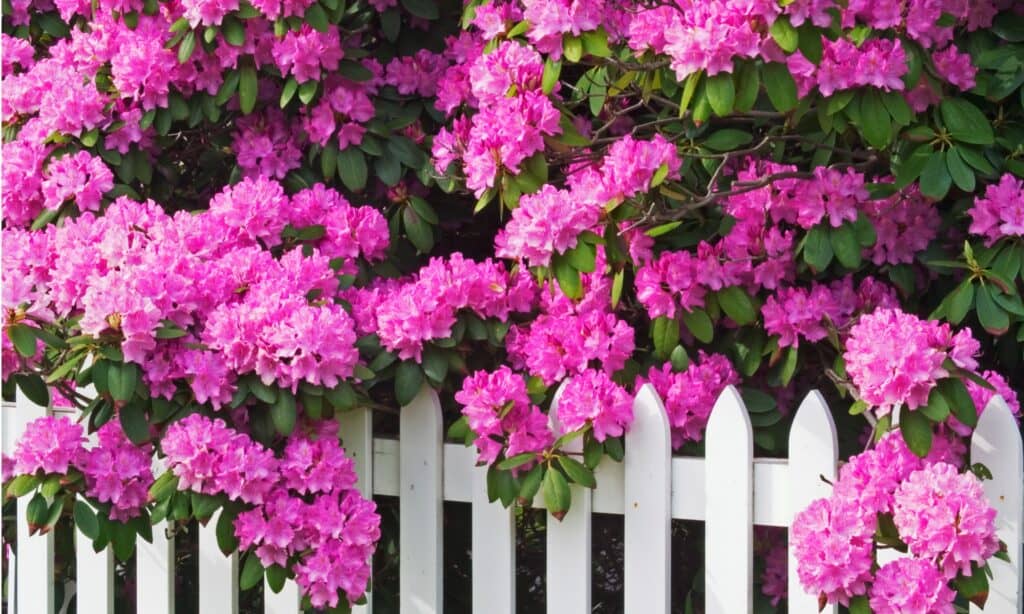
©iStock.com/dndavis
Members of the Rhododendron genus, are famous for their profusion of huge, brilliant flowers. Rhododendrons are evergreen while azaleas can be both evergreen or deciduous. Shrubs that are great for Zone 4 include the catawba rhododendron and the rosebay rhododendron. Both need acidic, well-drained soil, and the rosebay, which grows from 4 to 15 feet high, especially needs shade to bloom well. The catawba grows 6 to 10 feet high.
12. Sargent’s Weeping Hemlock
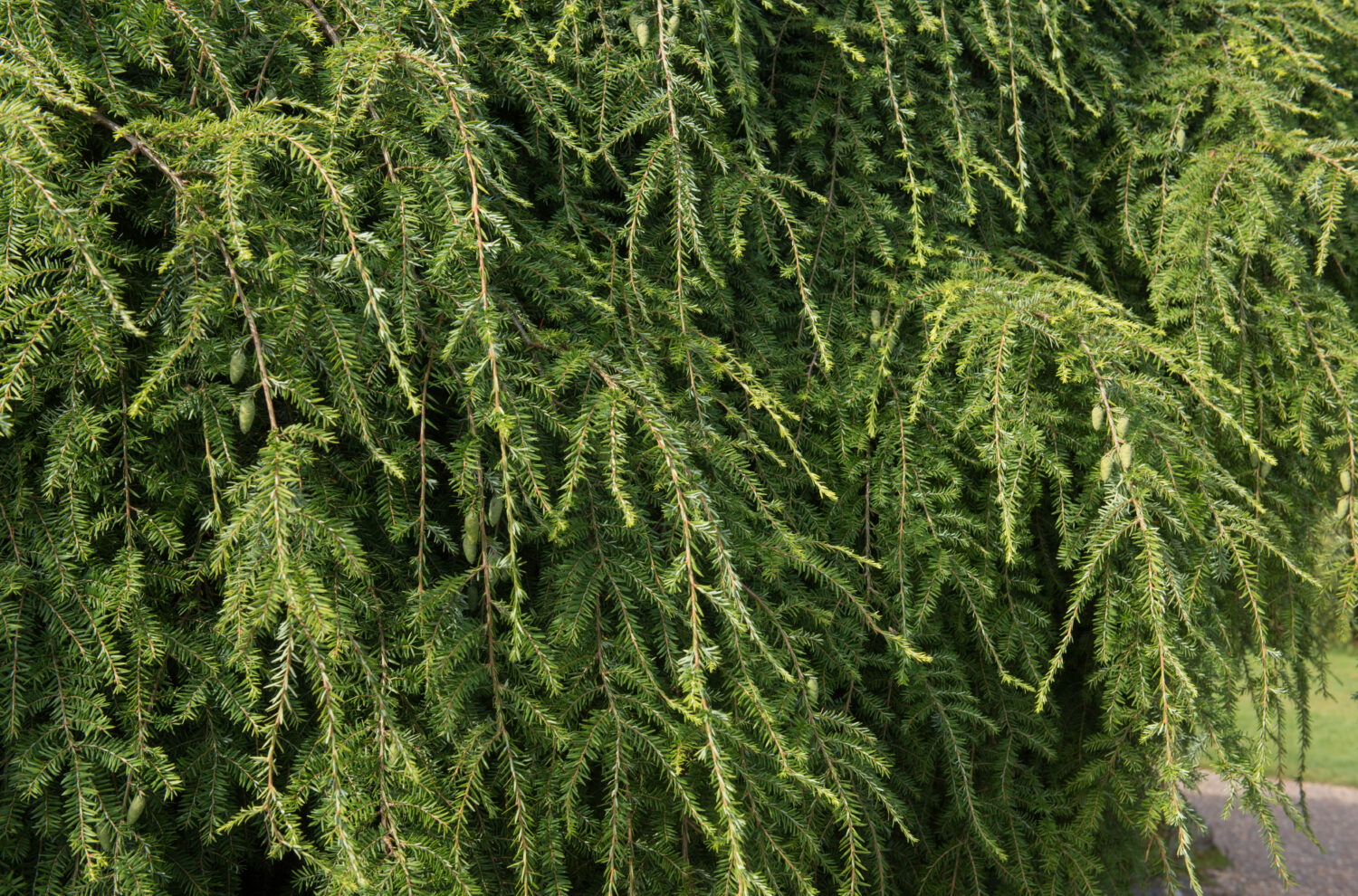
©Peter Turner Photography/Shutterstock.com
This beautiful cultivar of the weeping hemlock grows to 8 feet tall with a 15-foot spread. It needs both shade and acidic soil that’s well-drained. It doesn’t tolerate pollution and is excellent for Zone 4 because it wilts if temperatures regularly get above 95 degrees Fahrenheit.
13. Yew
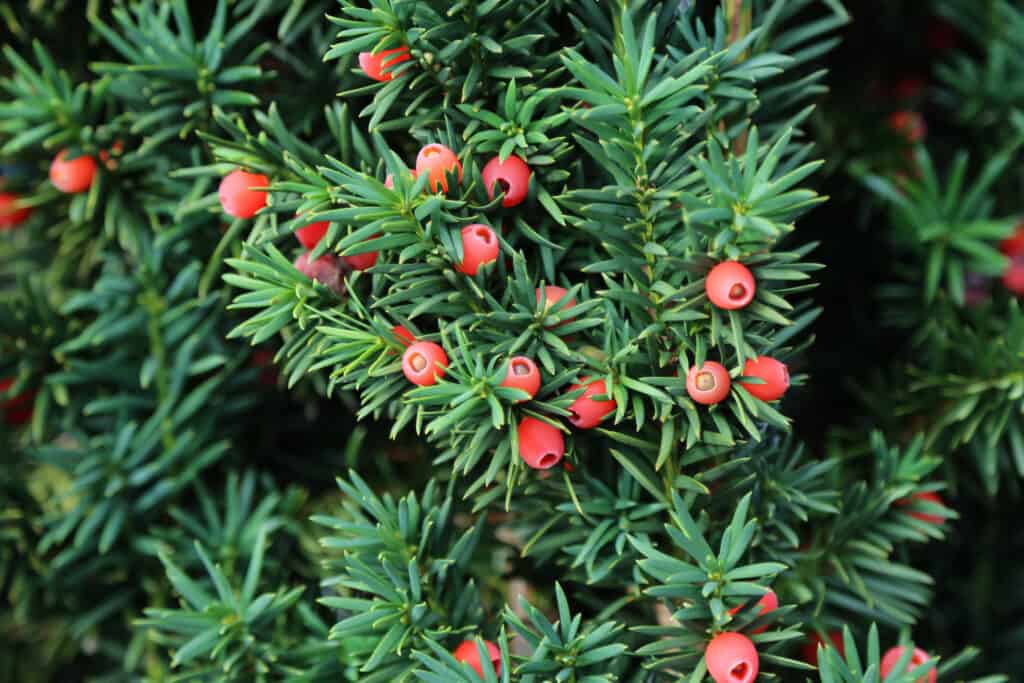
©iStock.com/Leo Malsam
Yews are evergreens with beautiful, needle-like foliage. They grow from 2 to 20 feet tall depending on the species. Not too fussy about light, they thrive in sun or full shade, but the soil they’re in must drain well and be moist and fertile. These slow-growing shrubs may also need to be protected from wind. Still, yews take pruning well and are excellent for hedges and as foundation plants. One caveat about yew trees is that the seeds, bark, and foliage are poisonous.
14. Five-Leaf Aralia
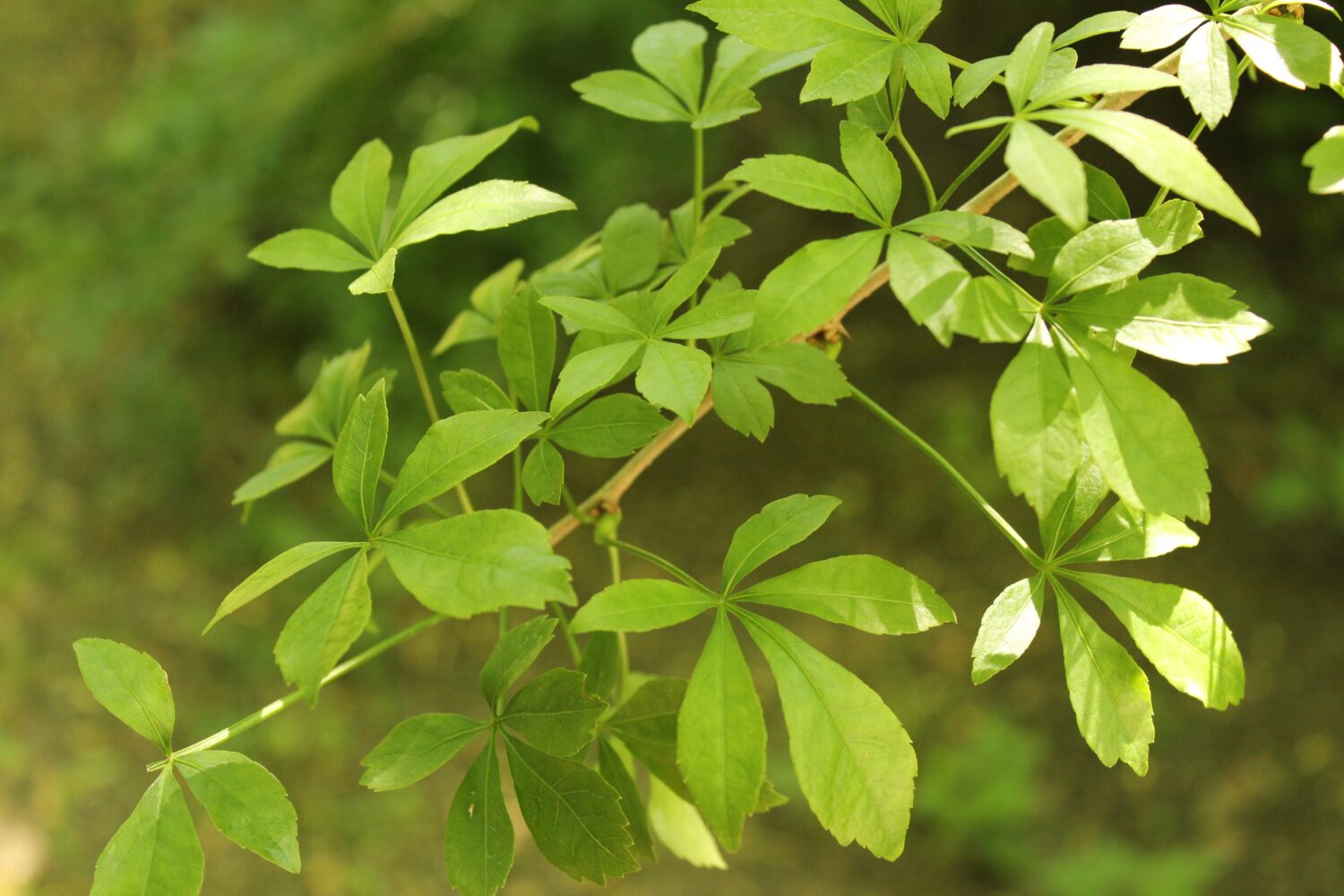
©N.Stertz/Shutterstock.com
This shrub, which grows from 8 to 10 feet tall, is perfect for difficult spots in your garden, including spots that get very little sunlight. Also called five-fingered aralia, it can also tolerate a range of soil, including sandy, clayey, alkaline, or acid. The five-leaf aralia bears up well in polluted areas and during droughts. Gardeners love it for all of this as well as its glossy compound leaves, which arrive in early spring and last until fall. Tiny white flowers arrive in May and June, and if you’ve planted a male and female shrub, you may see black berries in the fall. Each leaf has five to seven leaflets, which give the shrub its name.
15. Japanese Kerria
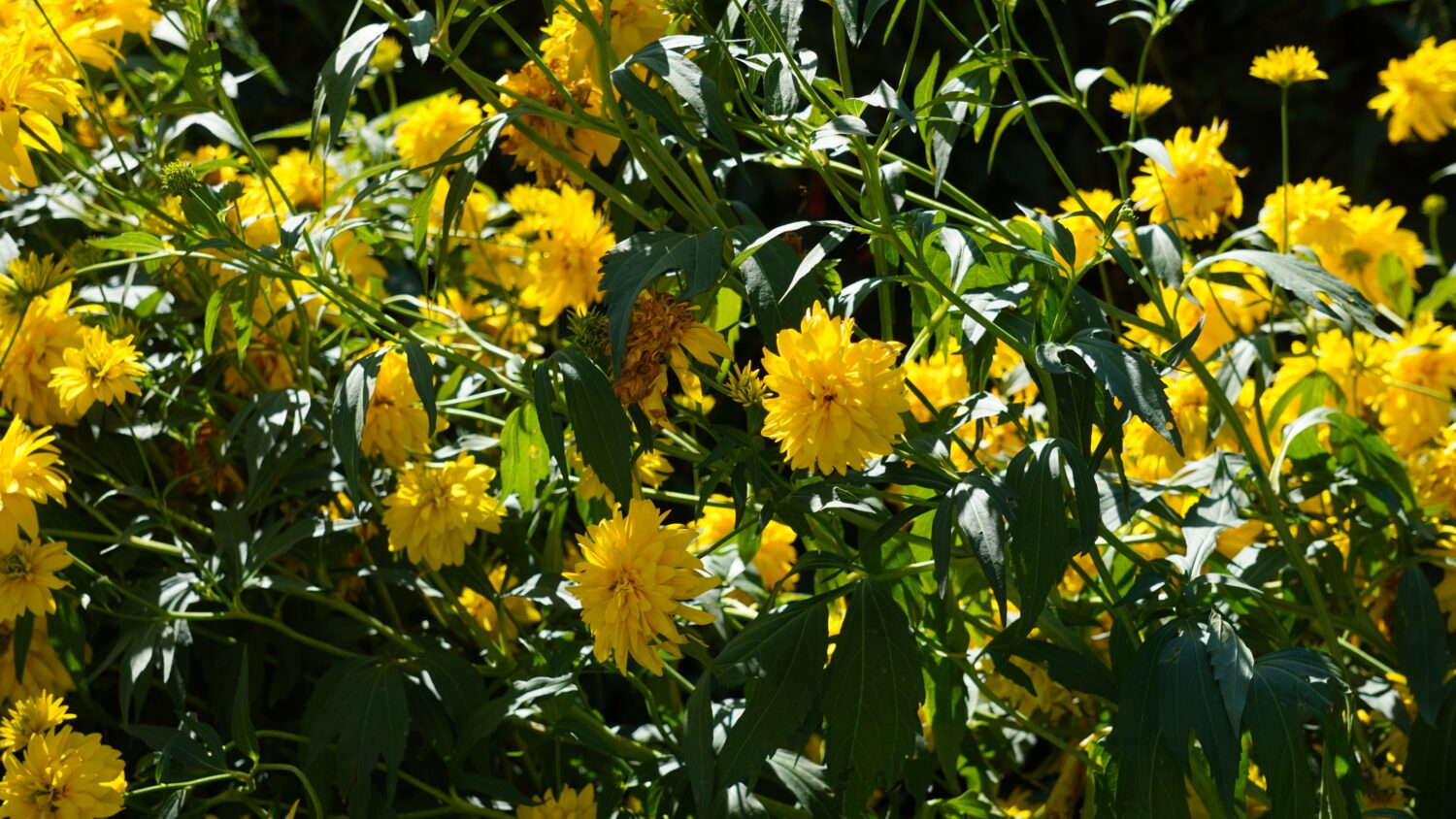
©Luca love photo/Shutterstock.com
Native to central and Western , this beautiful shrub, which grows from 3 to 8 feet tall, is prized for the profusion of yellow flowers that grow on stems the color of lime. The color of these stems persists throughout the winter and extends the beauty of your garden. The Japanese kerria is one of those plants that needs shade, even full shade, to perform well. If it gets too much sun, the flowers fade. It also needs soil that drains well, especially in an area where winters are harsh. Prune away dead branches and any suckers, and make sure to protect the plant from wind. Since the kerria flowers on last year’s stems, make sure you prune the shrub right after it blooms.




